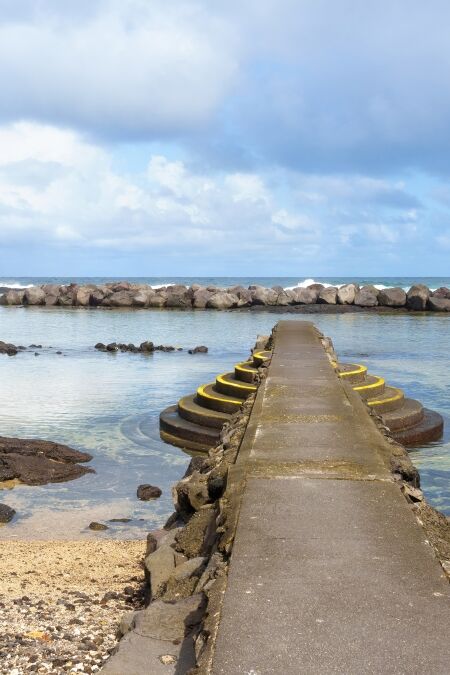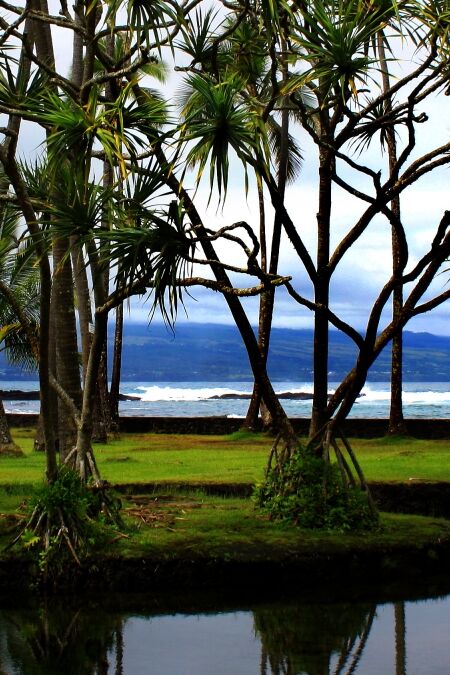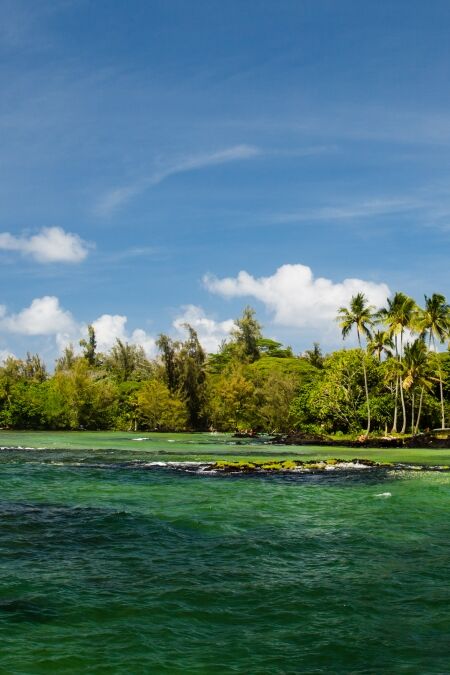Renowned for its stunning sunrises and sunsets over the massive Haleakala Crater, Haleakala National Park offers a unique blend of natural wonder and cultural significance. This travel guide delves into the must-see attractions, activities, and essential tips for experiencing the best of Haleakala, from its towering volcano to its diverse ecosystems.
Highlights
- Experience one of the most breathtaking sunrises or sunsets on Earth from the summit of Haleakala, standing over 10,000 feet above sea level.
- Hike through the Haleakala Crater, a vast volcanic landscape that resembles the surface of Mars.
- The park is renowned for its exceptionally clear skies, making it one of the best stargazing locations in the world.
- The winding road to the summit is an attraction in itself, offering stunning views of Maui’s diverse landscapes.
- Explore the coastal section of the park, where visitors can hike through lush rainforests, swim in freshwater pools, and see the dramatic Waimoku Falls.
- Engage with the park’s cultural programs, where visitors can learn about the significance of Haleakala in Hawaiian traditions.
History
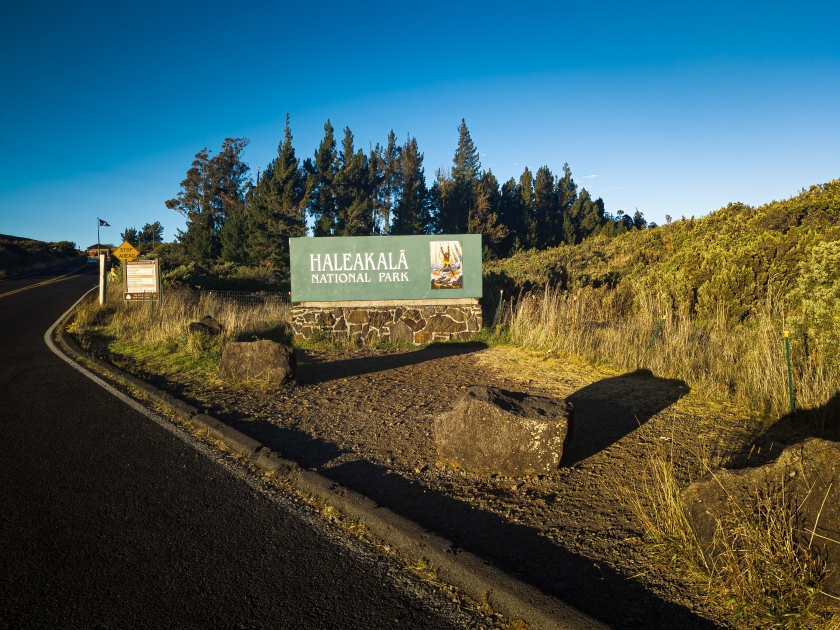
Ancient Stewardship and Pre-European Heritage
Haleakala National Park’s history is deeply rooted in the traditions and practices of Native Hawaiians, who have revered the land for over a thousand years. They saw Haleakala as a sacred place, imbued with spiritual significance and rich in legends. The mountain’s fertile slopes were perfect for agriculture, particularly taro cultivation, which sustained a thriving community. Their deep respect for the land ensured that its resources were used sustainably, preserving the natural beauty and bounty of Haleakala for future generations.
Early Encounters and Exploration
The first recorded European ascent of Haleakala took place in 1828 when three missionaries reached its summit, marking the beginning of a new chapter in the park’s history. This event paved the way for further exploration, including the 1841 Wilkes U.S. Exploring Expedition, which conducted detailed studies of the crater. The late 19th century introduced significant changes to the landscape with the establishment of Haleakala Ranch, which brought cattle grazing to the region, impacting the local ecosystem.
The Road to National Park Status
Haleakala’s unique natural and cultural significance was recognized in 1916 when it was included in Hawaii National Park, along with Mauna Loa and Kilauea on the Big Island. However, its distinct qualities led to Haleakala being designated as a separate national park in 1961. The park’s boundaries were expanded in 1951 to include Kipahulu Valley, and again in 1969 to encompass the Pools of ‘Ohe’o Gulch, enhancing its already diverse landscape.
Preservation and Modern-Day Attractions
Today, Haleakala National Park is a beacon of conservation, playing a vital role in protecting the fragile ecosystems within its borders. Ongoing efforts focus on preserving rare plant species and safeguarding endangered wildlife, ensuring that Haleakala remains a sanctuary for Hawaii’s natural heritage. Modern visitors are drawn to the park’s stunning beauty, expansive trails, and the opportunity to connect with the deep cultural history that continues to shape this extraordinary landscape.
Top Attractions and Things to Do
Haleakala Crater
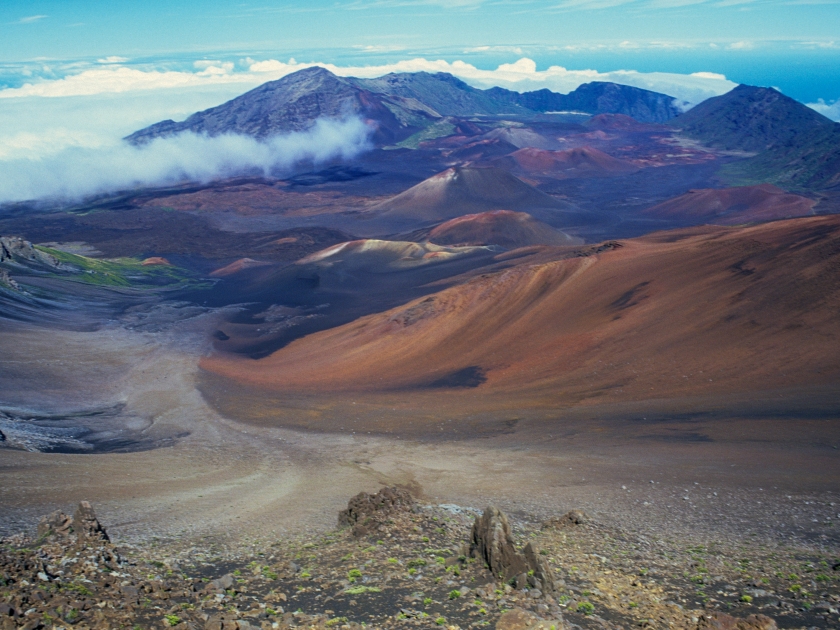
Haleakala Crater is the crown jewel of Haleakala National Park, offering visitors a surreal landscape of cinder cones, desert-like terrain, and panoramic vistas. Hiking opportunities abound, with trails like the Sliding Sands trail taking you deep into the crater’s heart. The best viewpoints, such as the summit and the Visitor Center overlook, provide unmatched perspectives of this massive volcanic wonder, making it a must-see on any visit.
Sunrise and Sunset Viewing
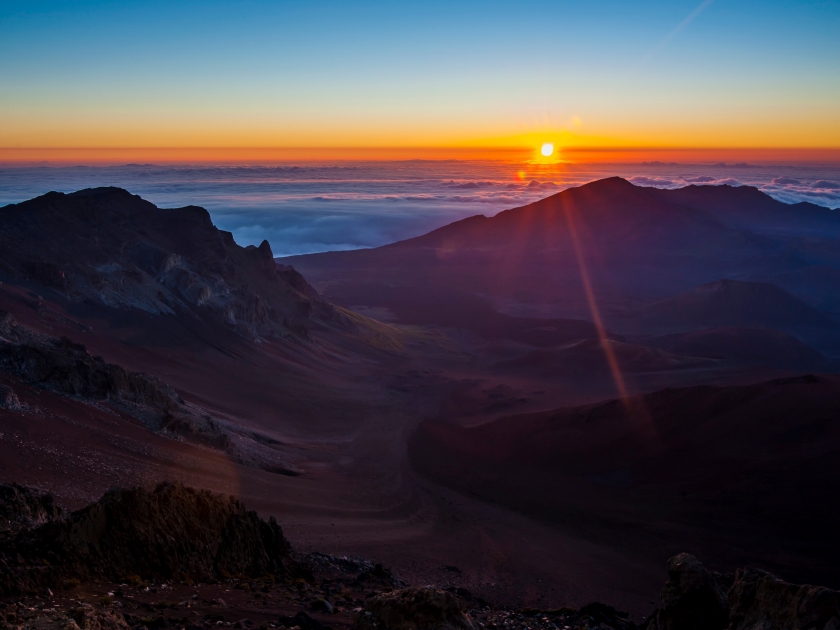
Watching the sunrise from Haleakala is a once-in-a-lifetime experience, with the sun rising above the clouds at 10,000 feet. Due to its popularity, securing a sunrise reservation is essential and can be done online in advance. For a less crowded but equally stunning experience, sunset viewing from the park offers vibrant hues against the volcanic landscape, with Pu’u Ula’ula (Red Hill) being one of the best spots.
Hiking Trails
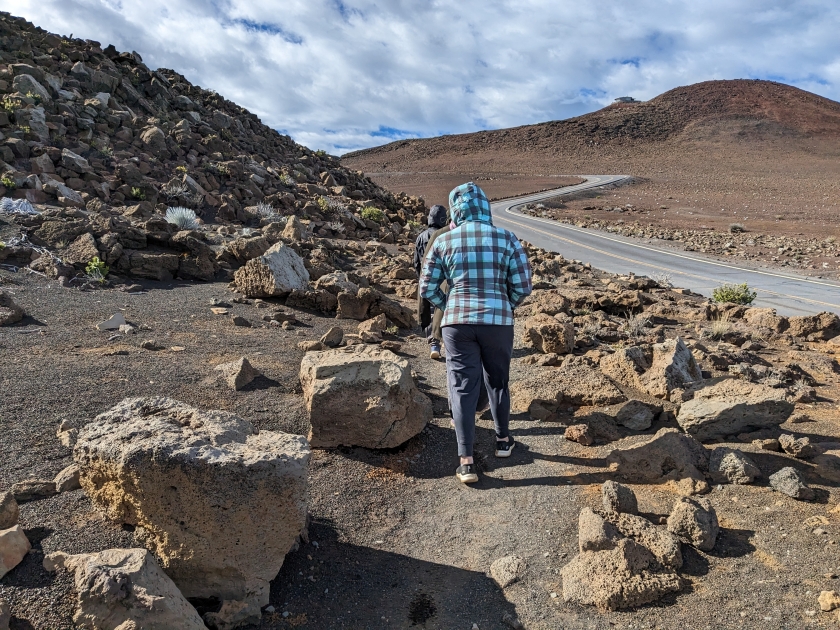
Haleakala National Park offers a variety of hiking trails that cater to all levels of experience. The Sliding Sands trail provides a challenging trek through the crater, while the Pipiwai trail takes hikers through lush bamboo forests to the majestic Waimoku Falls. The Halemau’u trail offers dramatic views along the crater rim. Each trail varies in difficulty, so hikers should be prepared for the park’s unique terrain and elevation changes.
Stargazing
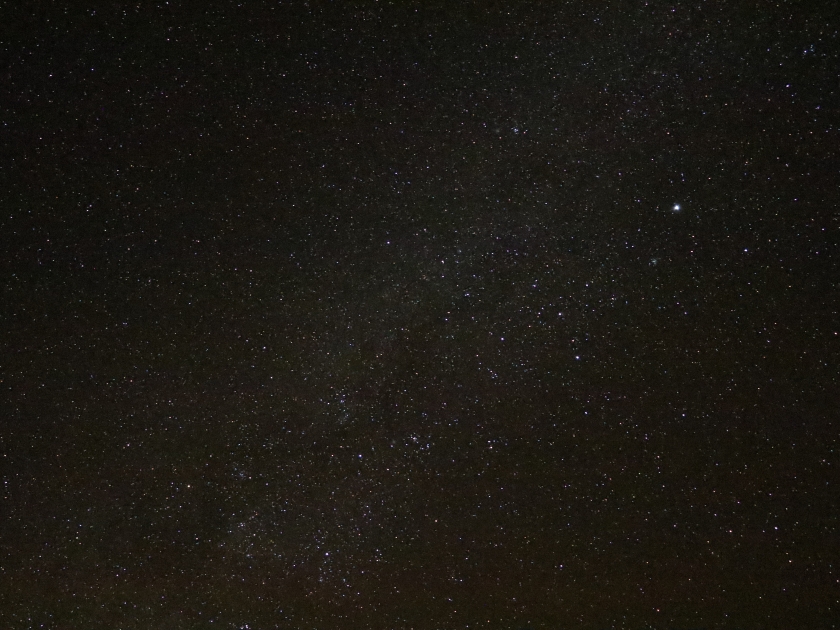
Haleakala is one of the best stargazing spots in the world, thanks to its high elevation and minimal light pollution. On a clear night, the Milky Way and countless constellations fill the sky, offering an unforgettable celestial display. For the best experience, plan your stargazing on a new moon night, bring warm clothing, and arrive early to find a comfortable viewing spot near the summit.
Tips for Visiting
- Reserve Early: Secure your sunrise reservation in advance online to ensure a spot.
- Dress in Layers: Temperatures can vary greatly, so bring warm clothing, especially for sunrise and stargazing.
- Altitude Awareness: Be mindful of the high altitude; take it slow to avoid altitude sickness.
- Pack Essentials: Bring water, snacks, sunscreen, and a hat for protection against the sun.
- Check Weather: Conditions can change rapidly; check the weather forecast before your visit.
- Start Early: Arrive early to avoid crowds and enjoy the peaceful morning hours.
- Stay on Marked Trails: Protect the delicate ecosystem by staying on designated paths.
- Respect Wildlife: Keep a safe distance from wildlife and do not feed them.
- Plan for Accessibility: If needed, review accessible trails and facilities before your visit.
- Stay for Sunset: Consider staying for the less crowded but equally beautiful sunset.
Best Time to Visit
The best time to visit Haleakala National Park is during the early morning or late afternoon when you can experience the breathtaking sunrise or sunset over the crater. These times offer cooler temperatures and fewer crowds, enhancing the overall experience. While the park is open year-round, visiting during the drier months of April to October typically provides clearer skies and more comfortable hiking conditions, making it ideal for exploring the diverse landscapes of this unique volcanic environment.
Entry Fees and Permits
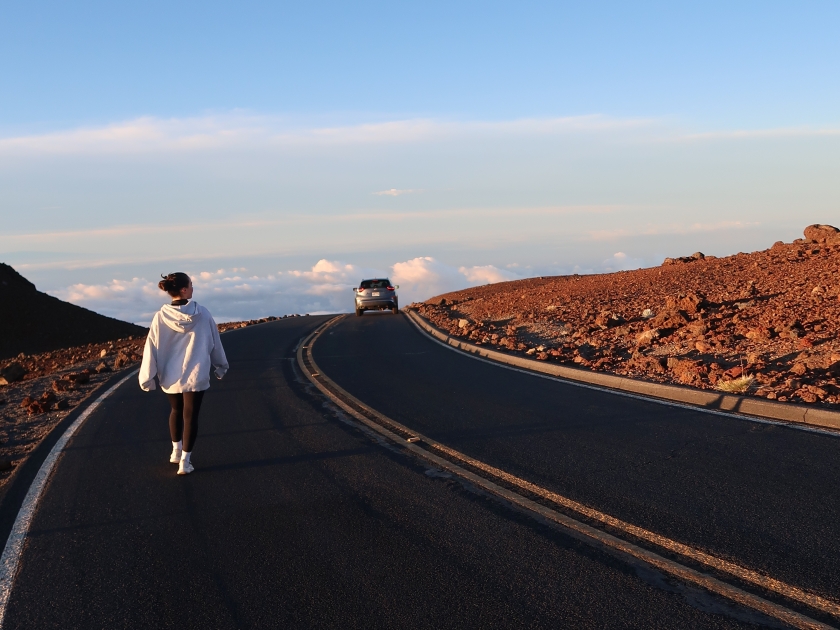
To visit Haleakala National Park, there is an entrance fee of $30 per vehicle, which is valid for three days and covers both the summit and Kipahulu districts. For those interested in camping within the park, permits are required and can be obtained through the National Park Service website. Additionally, a reservation is necessary for sunrise viewing at the summit, which can also be secured online in advance. Planning and securing the necessary permits ensures a smooth and enjoyable experience at this remarkable destination.
Accommodation Options
Haleakala National Park offers a choice between primitive camping at sites like Hōlua and Palikū, where you’ll need to bring all essentials and obtain permits in advance, or staying in nearby accommodations like Kula Lodge, which provides modern comforts and stunning views but lacks the immersive experience of camping within the park. Your decision depends on your comfort preferences and how closely you want to connect with the park’s natural beauty.
Frequently Asked Questions (FAQs)
Haleakala National Park is renowned for its stunning sunrise views from the summit and the unique volcanic landscapes of the Haleakala Crater.
Haleakala National Park can be accessed via the Hana Highway or the Haleakala Highway, both offering scenic drives to the summit.
Yes, reservations are required to enter the summit area for sunrise, and they can be made online in advance.
Visitors can spot the endangered Hawaiian goose (Nēnē) and unique plants like the silversword at Haleakala National Park.
Top hiking trails include the Sliding Sands Trail and the Pipiwai Trail, both offering diverse landscapes and breathtaking views.
Yes, camping is allowed at two designated campgrounds, Hosmer Grove and Kipahulu, with permits required for backcountry camping.
How to Get There
By Car
Driving to Haleakala National Park is a popular option, offering stunning views along the way. From Kahului, take the Hana Highway (Route 36) and then transition onto Route 37, which leads to the summit area. The drive typically takes about 1.5 to 2 hours, depending on traffic and weather conditions. Be sure to check the road conditions, as parts may be winding and steep. There is ample parking available at both the visitor center and the summit.
By Bus
For those preferring public transportation, the Maui Bus service provides routes that can take you to Haleakala National Park. The Route 36 bus operates from Kahului to the park entrance, but visitors should check the schedule for specific times, as services may be limited. Be prepared for a longer travel time as the bus makes several stops along the way, and be sure to plan your return trip.
Elevate your Adventure to New Heights!
Haleakala National Park is a must-see destination, offering an unparalleled blend of natural beauty and cultural significance. From the awe-inspiring crater to the unforgettable sunrise and sunset views, this park promises an experience like no other. As you plan your visit, remember to respect and preserve the delicate ecosystems and rich heritage of this sacred place. Start planning your trip to Haleakala today!


